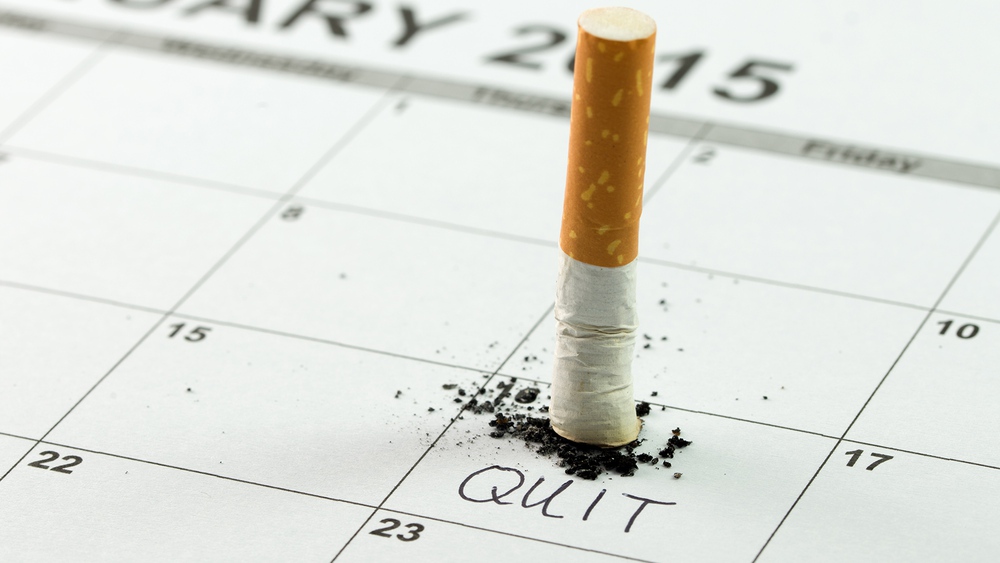Lifestyle changes to reduce cancer risk
About 1.9 million Americans will be diagnosed with cancer in 2021, and more than 600,000 will die from the disease. This makes cancer the leading cause of death in the United States, second only to heart disease. Breast, lung, prostate, and colorectal cancers account for nearly half of new cancer diagnoses in the US. And lung, colorectal, pancreatic and breast cancers account for nearly half of all deaths.
Cancer is unpredictable, and you can’t change many risk factors, such as age or genetics. However, other cancer risk factors are within your control, including body weight, diet, physical activity, and tobacco and alcohol use. At least 18 percent of all cancers diagnosed in the United States are related to these factors.
What can you do to help reduce your cancer risk?
By making some easy lifestyle changes, you can greatly reduce your risk of developing cancer or improve your chances of beating the disease if you are diagnosed. The recommendations outlined here also reduce your risk of developing heart disease, diabetes, and other serious illnesses, increasing your odds of a long, healthy life.
1. Maintain a reasonable weight

Obesity is a risk factor for several cancers, including breast, colon, endometrial, esophageal, kidney, lung, pancreatic, and prostate cancers. The key to losing fat is consuming fewer calories by eating less and burning more calories by exercising. If you’re not sure what your ideal body weight is, consult a body mass index (BMI) calculator.
2. Stay physically active
Exercise reduces the risk of cancer, as well as heart disease and diabetes, even if it doesn’t lead to weight loss. The American Heart Association recommends 150 minutes of moderate-intensity aerobic activity or 75 minutes of vigorous activity per week. A general goal is to include 30 minutes of physical activity in your daily routine. If you can do more, that’s even better! Start from as little time as you need. Even light-intensity exercise, such as a 10-minute walk, can offset some of the risks of sitting all day.

3. Eat a healthy diet
Eating a varied diet with fruits, vegetables, whole grains, lean meats, and legumes is an effective way to help prevent cancer.
On the other hand, eating processed foods, red meat, and sugar is associated with a higher risk of cancer. Follow these guidelines to help you adopt a cancer-fighting diet.
Eat 2.5 cups, or at least five servings of fruits and vegetables each day. It’s a good idea to vary the colors you eat because phytochemicals found in different vegetable pigments have protective effects against different types of cancer. Some of the top cancer-fighting products include blueberries, cherries, cranberries, blackberries, broccoli, Brussels sprouts, carrots, kale, spinach, and squash.
Include more fiber in your diet to reduce your risk of colon cancer. High-fiber foods include whole grains, legumes, and vegetables.

(Photo: hearthsideseniorliving.com)
– Choose bread, pasta, rice and whole grains instead of refined grains.
Limit your fat consumption to 25 or 30 grams per day. Then focus on getting fats from healthy sources, such as olive oil, nuts, avocados, and fish.
Eat less red meat, including beef, pork, and lamb. The saturated fat in these products may increase the risk of colon and prostate cancer.
Eat less processed meat, including bacon, hot dogs, hot dogs, pepperoni, and cold cuts. Because they contain nitrate or nitrite-based additives, consuming even small amounts of these meats regularly can increase the risk of colon cancer.
Replace some meat in your diet with legumes, a great source of fiber and phytochemicals that may protect against colorectal cancer.
Eat less sweets and sugary drinks. The weight gain associated with a high-sugar diet increases the risk of obesity-related cancers.
Get more vitamin D in your diet to fight prostate and colon cancer. Foods rich in vitamin D include fatty fish, egg yolks, mushrooms, fortified drinks, and cereals. You can also take vitamin D supplements.
Drink green tea to increase your antioxidant intake. This may help protect against bladder and other cancers.

(Photo: https://www.healthline.com)
Drink coffee for its levels of protective phytocompounds, which may reduce the risk of endometrial cancer and liver cancer. Some evidence even suggests that coffee may reduce the risk of cancers of the mouth, throat, larynx, and skin. The anti-cancer effects of coffee were evident in both the regular and decaf versions. However, do not lose the effect of drinking coffee with cream and sugar.
4. Avoid tobacco products
Tobacco use of any kind significantly increases the risk of lung, mouth, throat, larynx and other cancers. In fact, about 30% of all cancer deaths, including 80% of lung cancer deaths, are attributable to tobacco use. If you don’t use tobacco, don’t start. And if you do, give up.

(Photo: https://www.medibiztv.com)
5. Drink less alcohol
Drinking alcohol increases the risk of certain types of cancer. There is no “safe” level of alcohol, and your risk increases the more you drink. The healthiest option is to cut out alcohol altogether, but if you’re addicted to alcohol, limit yourself to no more than one or two drinks a day.
6. Protect your skin from the sun
Skin cancer is one of the most common types of cancer – and one of the most preventable.
Remember these tips.
Apply a broad-spectrum sunscreen with SPF 30 or higher before going outside, even on cloudy days.
– Wear protective clothing.
– Find shade when outdoors for a long time.
– Avoid sunbathing on beds and lights.
– Test your home for radon
Radon exposure is the second leading cause of lung cancer death after tobacco use. Radon is a radioactive gas produced by decomposing uranium in soil. This gas can enter your home through cracks in the foundation, floor, or wall. Radon is odorless, but inhaling it can harm your lungs. Therefore, screening for and minimizing residential radon reduces your risk of lung cancer.
7. Regular Cancer Checkup
Preventing cancer in the first place is ideal, but even if you follow all of these tips, you can never reduce your risk to zero. That’s why self-exams Routine and formal cancer screening are just as important. Finding cancer early makes it easier to treat and increases the chances of a cure. Ask your doctor which screenings and tests are right for you.
* Invite readers to watch programs broadcast by Vietnam Television on TV Online and VTVGo!
at Blogtuan.info – Source: vtv.vn – Read the original article here



